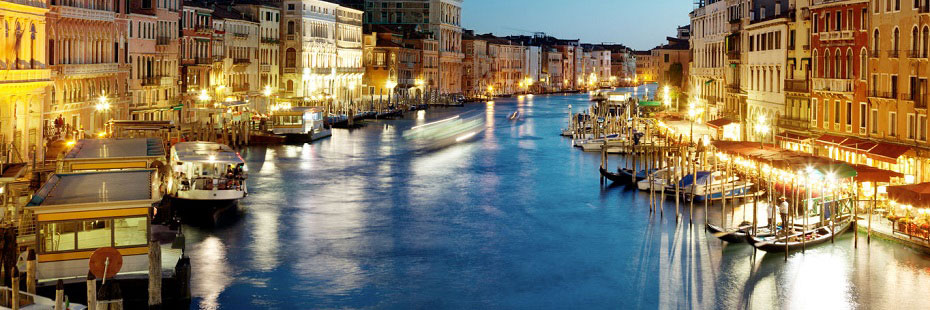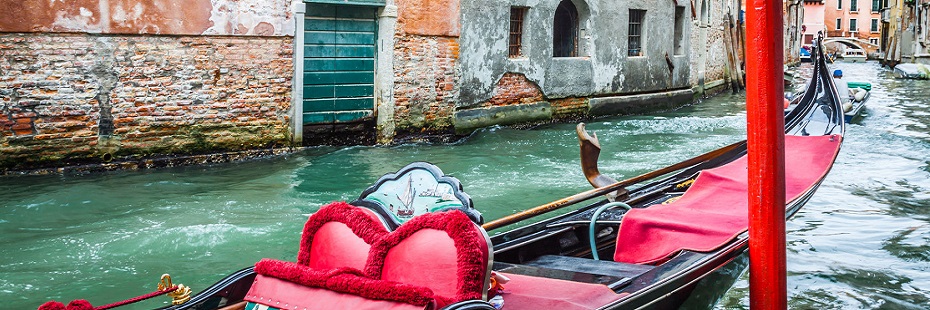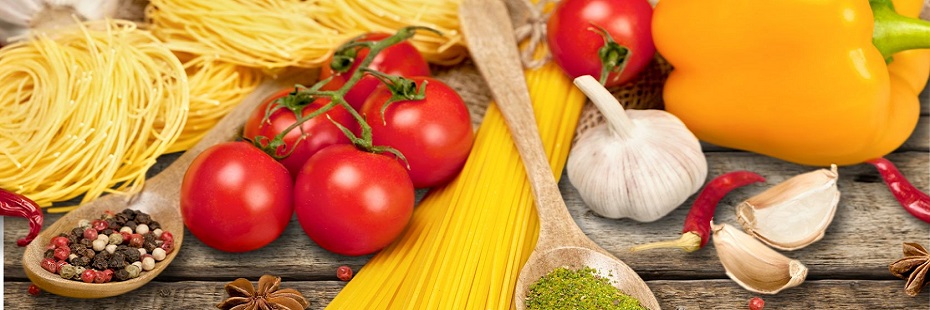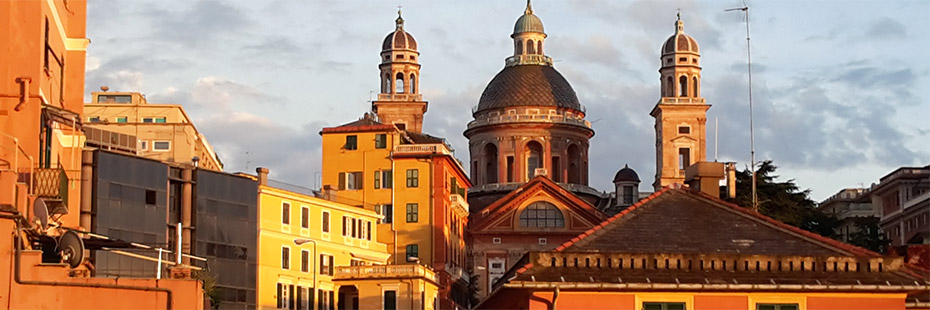| Nel Mediterraneo sono presenti circa 45 specie di squali appartenenti a 13 famiglie, con una grande varietà di forma e dimensioni, infatti, passiamo dal piccolo gattuccio (Scyliorhinus canicula) che arriva a misurare al massimo 70 cm di lunghezza, allo squalo elefante (Cetorhinus maximus) e allo squalo bianco (Carcharodon carcharias) che raggiungono rispettivamente 9-10 metri il primo e 6-7 il secondo. | In the Mediterranean Sea there are about 45 species of sharks, with a great variety of shapes and sizes, belonging to 13 families. We can find the Small-spotted Catshark (Scyliorhinus Canicula), which reaches the maximum length of 70 centimeters, the Basking Shark (Cetorhinus Maximus) which can reach the length of 9-10 meters and the White Shark (6-7 meters). |
 |
|
| Le famiglie con più rappresentanti sono quella dei Carcarinidi, che comprende squali molto conosciuti come la verdesca (Prionace glauca), e quella degli Squalidi, a cui appartiene anche lo spinarolo (Squalus acanthias ) spesso presente sui banchi dei mercati ittici. | The families with the greatest number of members are the Carcarinidae, (including well known sharks like the Blue Shark - Prionace Glauca), and the Squalidae, (including the Picked Dogfish - Squalus Acanthias - often available at fish market). |

|
|
| Oltre allo spinarolo, alcune altre specie di squali sono oggetto di pesca commerciale seppure non sistematica e continuativa. Commestibilità a parte, a chi va per mare preme sapere se uno squalo sia pericoloso o meno, e a ragione, perché nel Mediterraneo vivono diverse specie considerate pericolose e sicuramente una pericolosa al massimo grado. Vediamo allora perché alcune specie vengono considerate pericolose in maniera potenziale e il significato di questa definizione: l'aggettivo potenziale si riferisce al fatto che la specie in questione può, in determinate situazioni, risultare aggressiva nei confronti dell'uomo. | Besides Picked Dogfishes, other species of sharks are caught (though neither systematically nor continually) in order to be sold in fish markets. However, apart cuisine, people who go to sea want to know whether a shark is dangerous or not. They are right, since several potentially dangerous species live in the Mediterranean Sea and one of them is really dangerous. But what does 'potentially dangerous' mean? It means that, in some circumstances, a particular kind of shark can be aggressive to humans. |
È noto
ad esempio il caso di un pescatore subacqueo che durante
una competizione agonistica nelle acque di Caprera cercò di
catturare uno squalo capopiatto (Hexanchus griseus),
rischiando di diventare preda lui stesso. |
For instance,
during an underwater sporting competition off the coast
of Caprera (Sardinia), a diving fisherman tried to catch
a Bluntnose Six-Gill Shark (Hexanchus Griseus) and ran
the risk of being caught he himself. |
| Per quanto riguarda lo squalo più pericoloso in assoluto, e cioè lo squalo bianco, c'è da dire che è presente nel Mediterraneo. Se si dà un'occhiata alle tabelle del MEDSAF, che è il riferimento per il Mediterraneo dell'ente International Shark Attack File, organismo che si occupa di registrare gli attacchi degli squali ad esseri umani, si vede che lo squalo bianco ha attaccato, in alcuni casi anche con esito fatale, nell'alto Adriatico, nelle coste liguri, toscane e laziali, nel canale di Sicilia, Egadi, Malta e coste tunisine. Ancora più numerosi sono gli avvistamenti e le catture. | Regarding the most dangerous shark, the White Shark, we have to say that it also lives in the Mediterranean Sea. If you give a look at MEDSAF sheets, which are the International Shark Attack File for the Mediterranean Sea (an organization which records shark attacks against human beings), you may find records of attacks by white sharks, (sometimes with fatal ends), in the Adriatic sea, the coasts of Liguria, Tuscany, Lazio, the Sicily canal, Egadi, Malta and Tunisian coasts. However, it is more common to see or catch sharks than to hear of their attacks. |
In Sardegna "morte bianca" è stato segnalato più volte nel golfo dell'Asinara, con particolare frequenza nelle Bocche di Bonifacio, e presso l'Isola di San Pietro. A Capo Testa per due anni consecutivi nel mese di Marzo, due esemplari furono catturati in una rete per palamite calata sottocosta. Di un certo rilievo è la cattura, documentata anche fotograficamente, di un esemplare superiore ai cinque metri di lunghezza e 1100 kg di peso avvenuta nell'agosto del 1976 nelle acque dell'Isola di Mal di Ventre da parte di pescatori di professione che nei loro tramagli di certo non si aspettavano di trovare avvolto un simile bestione. |
" White death" has been seen many times in Sardinia, precisely in the Asinara Bay, and quite often in the Bocche di Bonifacio and near the San Pietro Island. Two specimens were caught in March for two consecutive years near Capo Testa; they were found in a bonito net let down near the coast. A considerable capture of a white shark, photographically supported, happened in August 1976 near the island of Mal di Ventre. The shark was longer more than five meters and weighed more than 1100 kilos: caught by professional fishermen who did not expected at all to find such a big animal in their nets! |
 |
|
| Questo articolo è stato pubblicato per la prima volta su Mare Nostrum, luglio/settembre 2000. | This article was first published on Mare Nostrum, July/September 2000. |
31 Agosto 2025
TESTIMONIAL (more...):
"I liked Cyber Italian for the price you can't beat the amount of content. There are many fun ways on your website to learn the Italian ..."







